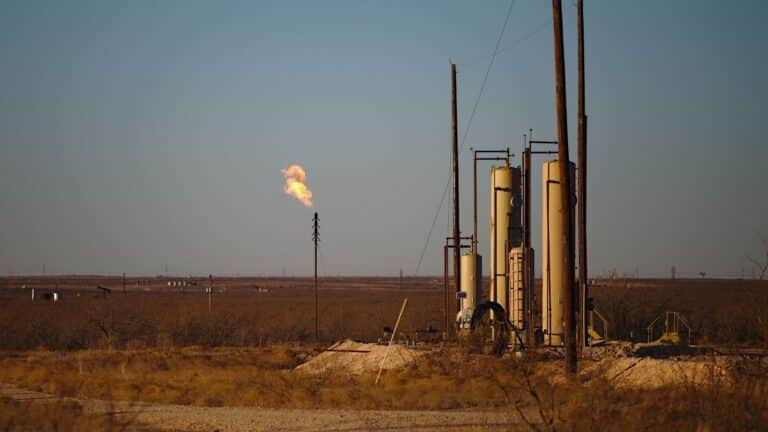EXECUTIVE SUMMARY
The realities of the modern oil market have thrown into question the need for the US emergency oil stockpile. For more than 40 years, the US Strategic Petroleum Reserve (SPR) has existed as a buffer between US oil markets and global supply shocks. A byproduct of the 1973–1974 oil embargo, the SPR was born in an age when US crude production was in decline, imports were rising, and the oil market was dominated by the Organization of Petroleum Exporting Countries (OPEC). Over the intervening years, the reserve was tapped only a handful of times as the oil market has grown much larger, deeper, more liquid, and better integrated and thus more able to address shortfalls of various magnitudes that previously would have caused greater pain for oil-importing countries. In regard to US national oil supply security, however, perhaps the greatest change has been the boom in domestic production over the past decade due to hydraulic fracturing of shale and other tight oil deposits.
The new US energy fortune has thus given rise to a view that the SPR—which formerly enjoyed wide bipartisan support—could be sold off to plug spending holes without creating significant energy security risks. The US Congress has already passed several measures to significantly pare down the size of the SPR through a series of drawdowns staggered over the coming decade. The emerging and important discussion over whether the SPR has become too large or altogether useless, or whether it should be kept whole, prompted the Center on Global Energy Policy at Columbia University’s School of International and Public Affairs to research how the SPR fits into the modern oil market—and indeed the wider global energy system—and whether the United States would benefit from modifying or eliminating it.
In short, the paper finds the following:
- While the circumstances that led to the creation of the SPR may no longer prevail, oil market conditions are highly unpredictable. Decisions to sell off the SPR to fill near-term budget holes unrelated to energy security are shortsighted and fail to take into account the formidable increase in supply risks to the global oil market, as well as the large uncertainties about the future oil supply outlook, such as the magnitude and duration of the US shale boom.
- The evolution of global oil markets since the 1970s has given rise to new types of energy security risks. Rather than physical shortfalls, the risks against which the SPR protects today are oil price spikes that affect US energy prices regardless of the US level of import dependence. While the government’s role is not to guarantee price stability, emergency stocks could smooth economically harmful price spikes until markets are able to adjust.
- A repurposed SPR can not only protect from supply disruptions from geopolitical turmoil but increasingly also provide a buffer against extreme weather events, the likelihood of which will only rise due to global climate change.
- Strategic stocks remain valuable as a tool of international cooperation and soft power. They also enhance America’s ability to take foreign policy actions that may adversely affect oil markets, such as the recent decision to reimpose oil sanctions on Iran.
- A possible transition away from oil in the global energy system strengthens rather than weakens the case for holding strategic stocks, as the period of transition itself is likely to be uneven, disorderly, and volatile.
- The debate over the fate of the SPR should not be limited to a binary choice between keeping it whole or liquidating the reserve; rather, it ought to focus on how to leverage the SPR more efficiently—and how to make it pay for itself.
- The evolution of global oil markets has created new opportunities to reduce SPR operating costs and increase SPR benefits through upgraded inventory management practices and the possibility of joint stockpiling with major oil producing and consuming countries.
- The case for replacing strategic crude stocks with refined product reserves is not straightforward in the United States. Managing variances in product demand may be best left to market participants in America, although there is a case for product reserves in certain regions of the country that are particularly vulnerable to fuel supply disruptions, such as the Southeast.
- The effectiveness of the SPR would be enhanced by more rapid use in the face of supply disruptions and by a clearer understanding in advance of emergencies arising both within the US government and between the United States and its partners—IEA and otherwise—about the purpose of and criteria for using the SPR.
- The SPR, held by the United States for nearly a half century, is a formidable national security asset with favorable characteristics compared to similar stockpiles in other parts of the world. Given the high degree of uncertainty about the future of both US and world supply and demand and the value of the SPR in a changed oil market, the burden of proof rests with those who wish to sell it off. It should not be squandered away without careful study of its potential value in today’s new and rapidly evolving oil market environment.




